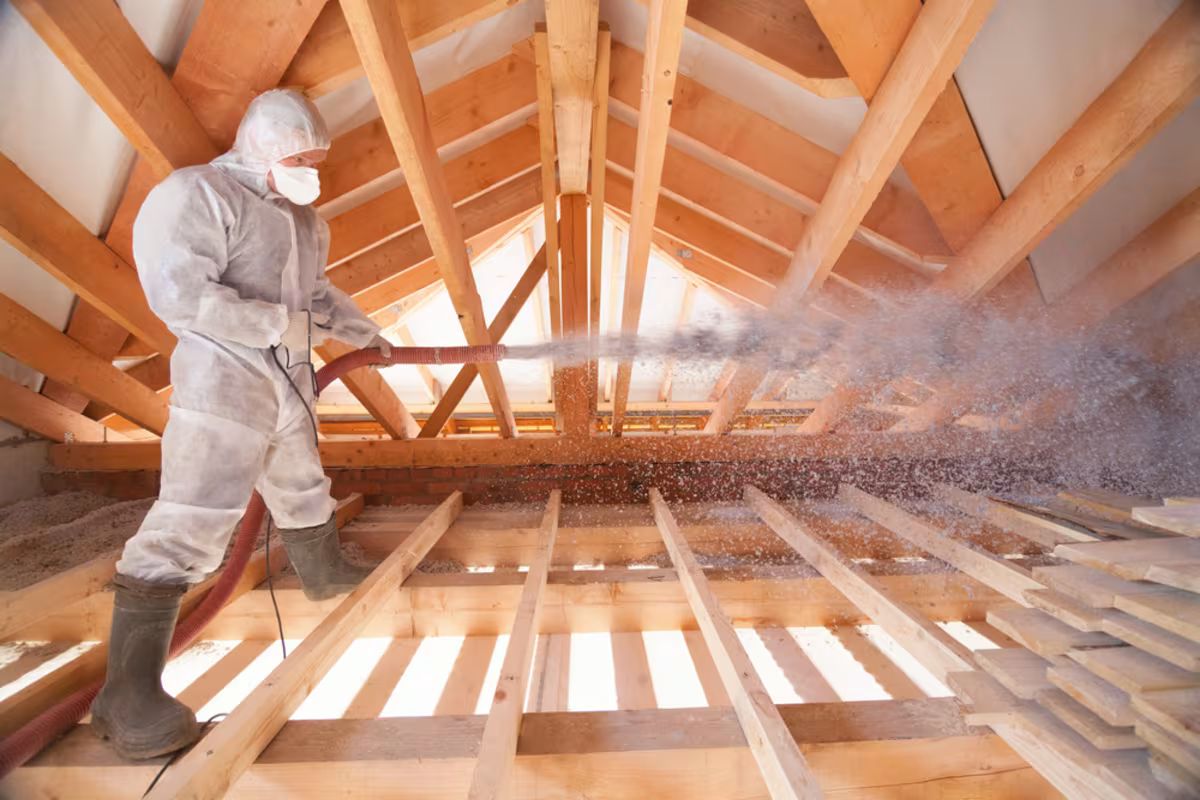

Articles
How Much Will Insulation In An Attic Save Me
Modified: February 23, 2024
Find out how much money you can save by insulating your attic. Read our informative articles on attic insulation and start saving today!
(Many of the links in this article redirect to a specific reviewed product. Your purchase of these products through affiliate links helps to generate commission for Storables.com, at no extra cost. Learn more)
Introduction
Welcome to the world of attic insulation! In this article, we will explore the wonders of insulation and how it can not only save you money but also make your home more comfortable.
Insulation is a crucial component of any home, especially when it comes to the attic. As many homeowners know, heat rises, and in the winter months, a significant amount of heat can be lost through an improperly insulated attic. Conversely, in the summer, an uninsulated or poorly insulated attic can allow heat to infiltrate your living spaces, making your air conditioning work harder to maintain comfortable temperatures.
But what exactly is insulation and why is it so important? Well, insulation is a material or a combination of materials that slows down heat flow, preventing the transfer of heat between the inside and outside of your home. It acts as a barrier to keep the warm air inside during winter and the hot air out during summer, ultimately reducing your energy consumption and lowering your utility bills.
So, how does it all work? The answer lies in a concept known as R-value. R-value is a measure of thermal resistance. The higher the R-value, the better the insulation’s ability to resist heat flow. Essentially, a higher R-value means a more effective insulator.
Now, you might be wondering, how much can I save with attic insulation? The savings can vary depending on several factors, which we will explore in more detail later in this article. However, studies have shown that homeowners can save anywhere from 10% to 50% on their energy bills after insulating their attics. The exact amount you save will depend on factors such as your geographic location, the size and condition of your home, and your current energy usage patterns.
Before we dive deeper into the details, it’s important to understand that different types of insulation materials are available, each with its own pros and cons. Additionally, you have the option to hire a professional for the installation or take on the task as a do-it-yourself (DIY) project. We will discuss these considerations and more in the following sections.
So, grab a seat, get comfortable, and let’s explore the world of attic insulation together! By the end of this article, you’ll have a solid understanding of the benefits, costs, and considerations when it comes to insulating your attic and saving money in the process.
Key Takeaways:
- Attic insulation is a smart investment that can save homeowners anywhere from 10% to 50% on energy bills, improve comfort, extend HVAC lifespan, and increase property value, contributing to a greener environment.
- Understanding R-value, insulation materials, and factors affecting energy savings empowers homeowners to make informed decisions. Whether hiring a professional or opting for DIY, proper installation is crucial for optimal results.
Read more: How Much For Attic Insulation
What is insulation?
Insulation is a material or a combination of materials used to reduce heat flow, providing thermal resistance and enhancing energy efficiency in buildings. It acts as a barrier, preventing the transfer of heat between the inside and outside of your home. By adding insulation to your attic, you can create a more comfortable and energy-efficient living environment.
There are different types of insulation materials available, each with its own unique properties and benefits. Common types of insulation materials include fiberglass, cellulose, spray foam, and mineral wool. These materials come in various forms, such as batts, rolls, blown-in, or spray-applied, allowing for different methods of installation.
Insulation works by slowing down the flow of heat. When there is a temperature difference between your home’s interior and the outside environment, heat tends to move towards areas with lower temperatures. In the winter, heat from inside your home tries to escape to the colder attic space and outside. Insulation helps to trap and retain this heat, preventing it from escaping and keeping your home warm and cozy.
Similarly, in the summer, insulation works by preventing the heat from the outside environment from entering your home. It acts as a barrier, reducing the transfer of heat into your living spaces, thus helping to keep your home cool and reducing the load on your air conditioning system. By creating a thermal envelope around your home, insulation helps maintain consistent temperatures and reduces energy usage.
It’s important to note that insulation not only helps regulate temperature but also provides additional benefits. It can reduce noise transmission, improve indoor air quality, and even provide some level of fire resistance.
When considering attic insulation, it’s crucial to take into account the recommended R-value for your geographic location. The R-value is a measure of an insulation material’s thermal resistance. The higher the R-value, the better the insulation’s ability to resist heat flow. The recommended R-value for attics can vary depending on factors such as climate, building codes, and energy efficiency standards. Consulting with a professional or referencing local building codes can provide guidance on the appropriate R-value for your attic insulation project.
By understanding the importance of insulation and its role in regulating heat transfer, you can make informed decisions when it comes to selecting the right insulation material and achieving optimal energy efficiency in your home.
The Importance of Attic Insulation
Attic insulation plays a critical role in maintaining a comfortable and energy-efficient home. It is a key component in reducing energy consumption, improving indoor comfort, and lowering utility costs. Here are some reasons why attic insulation is important:
1. Energy Efficiency: Approximately 25% of a home’s heat loss occurs through the roof, making the attic a significant source of energy inefficiency. By properly insulating your attic, you can reduce heat flow, preventing warm air from escaping during the winter and keeping hot air out during the summer. This thermal barrier helps to maintain consistent temperatures inside your home, leading to significant energy savings.
2. Lower Utility Bills: Insulating your attic can result in substantial savings on your energy bills. By reducing heat loss or gain, your heating and cooling systems don’t have to work as hard to maintain a comfortable indoor temperature. This reduction in energy usage translates into lower utility costs, making attic insulation a smart investment in the long run.
3. Improved Comfort: Insufficient or inadequate attic insulation can lead to uncomfortable living conditions. In the winter, cold drafts originating from an uninsulated or poorly insulated attic can make your home feel chilly and cause uneven heating. Conversely, during the summer, heat penetrating through the attic can make your home hot and stuffy. By adding insulation, you can create a more comfortable living environment, free from temperature fluctuations and drafts.
4. Extended HVAC Lifespan: When your heating and cooling systems are constantly working to compensate for heat loss or gain due to insufficient insulation, it puts strain on the equipment. This can lead to increased wear and tear, higher maintenance costs, and a shortened lifespan for your HVAC system. By properly insulating your attic, you can reduce the workload on your HVAC equipment, prolonging its lifespan and potentially saving on repair and replacement costs.
5. Environmental Impact: By reducing your energy consumption through attic insulation, you are not only saving money but also contributing to a greener environment. Lower energy usage means fewer greenhouse gas emissions, reduced reliance on fossil fuels, and a smaller carbon footprint. Insulation is a sustainable and eco-friendly solution that promotes a more energy-efficient lifestyle.
6. Increased Property Value: Insulation is considered a valuable asset when it comes to property value. Potential homebuyers are increasingly conscious of energy efficiency, and a well-insulated attic can be a selling point. The presence of proper insulation can enhance the marketability and desirability of your home, potentially increasing its resale value.
As you can see, attic insulation offers numerous benefits, from energy savings to improved comfort and environmental impact. It is a smart investment that pays off both in terms of cost savings and overall quality of life. Whether you’re building a new home or upgrading an existing one, insulating your attic should be a priority for homeowners looking to optimize energy efficiency and create a more comfortable living space.
Understanding R-value
When it comes to insulation, understanding R-value is essential. R-value is a measurement of an insulation material’s ability to resist heat flow. It quantifies the thermal resistance provided by the insulation, with a higher R-value indicating a greater resistance to heat transfer. By understanding R-value, you can make informed decisions about the best insulation for your attic.
R-value is determined by factors such as the type of insulation material, its density, thickness, and any added reflective properties. The higher the R-value, the more effective the insulation is at reducing heat flow. Different areas of your home may have recommended R-values based on climate and building codes.
For attic insulation, the recommended R-value can vary depending on your geographic location and climate. The U.S. Department of Energy provides guidelines for recommended attic insulation R-values by region. The values typically range from R-30 to R-60, with higher values recommended for colder climates.
It’s important to note that achieving the recommended R-value for your attic insulation is essential for optimal energy efficiency. Inadequate insulation can lead to energy loss and reduced comfort in your home. On the other hand, exceeding the recommended R-value may not necessarily provide significant additional benefits and could result in unnecessary expenses.
When determining the R-value you need for your attic insulation, consider factors such as climate, your home’s location, and your energy efficiency goals. It’s always a good idea to consult with a professional or local building codes to ensure you meet the recommended R-value for your specific region.
Furthermore, it’s worth mentioning that the total R-value of your attic insulation is a combination of different insulation layers. For example, if you have existing insulation with a certain R-value and you want to add more, the R-values are additive. Adding insulation with an R-value of R-30 to an existing insulation layer with an R-value of R-19 would result in a combined R-value of R-49.
By understanding R-value, you can choose the right insulation material and thickness to achieve the desired level of thermal resistance in your attic. Properly insulating your attic to meet the recommended R-value can result in energy savings, improved comfort, and a more energy-efficient home.
How much can I save with attic insulation?
One of the key benefits of attic insulation is the potential for significant energy and cost savings. The exact amount you can save with attic insulation will depend on various factors, including your geographic location, the size and condition of your home, and your current energy usage patterns.
Studies have shown that homeowners can save anywhere from 10% to 50% on their energy bills after insulating their attics. The savings can be substantial, making it a worthwhile investment for long-term cost reduction.
Here are some key factors that can influence the amount of money you can save with attic insulation:
1. Energy Efficiency: Properly insulating your attic helps to create a more energy-efficient home. By reducing heat loss during the winter and heat gain during the summer, your heating and cooling systems don’t have to work as hard to maintain comfortable temperatures. As a result, you’ll see a reduction in energy consumption and, consequently, lower utility bills.
2. Climate: The impact of attic insulation on energy savings can vary depending on the climate in which you live. In colder regions, insulation is especially important to prevent heat from escaping your home. Conversely, in warmer climates, insulation helps to keep the heat out, reducing the load on your cooling system. Understanding your climate and adapting your insulation strategy accordingly can maximize your potential savings.
3. Home Size and Energy Usage: The size of your home and your energy consumption patterns play a role in determining the potential savings with attic insulation. Larger homes and those with higher energy demands can benefit more from insulation by reducing the need for constant heating and cooling. Similarly, homes with older or inefficient HVAC systems can see greater savings by complementing them with proper insulation.
4. Other Home Efficiency Measures: While attic insulation can have a significant impact on energy savings, it is important to consider other energy-efficient measures as well. Sealing air leaks, insulating walls and floors, and upgrading to energy-efficient windows and doors can all contribute to reducing energy waste and overall cost savings in conjunction with attic insulation.
5. Long-term Cost Reduction: While the upfront cost of attic insulation can vary depending on the materials and installation method you choose, the long-term savings can outweigh the initial investment. Attic insulation can provide ongoing energy savings over the lifespan of your home, ultimately paying for itself and even generating additional cost savings over time.
It’s important to note that the savings from attic insulation are not only limited to heating and cooling costs. Proper insulation can also help prolong the lifespan of your HVAC system, resulting in fewer repair and replacement expenses.
Ultimately, the amount you save with attic insulation will depend on the specific characteristics of your home and its energy usage. It is recommended to consult with a professional energy auditor or insulation specialist who can assess your home’s insulation needs and provide accurate estimations of the potential savings you can achieve.
By investing in attic insulation and optimizing the energy efficiency of your home, you can experience significant savings on your energy bills, increase your home’s value, and contribute to a more sustainable environment.
Adding insulation to your attic can save you up to 20% on your heating and cooling costs. It helps to keep your home more comfortable and reduces energy usage.
Read more: How Much To Spray Insulation In Attic
Factors that Affect Energy Savings
When it comes to attic insulation, there are several factors that can impact the amount of energy savings you can achieve. Understanding these factors will help you make informed decisions and maximize the efficiency of your insulation. Here are some key factors that can affect energy savings:
1. Insulation Thickness and R-Value: The thickness and R-value of your insulation play a crucial role in determining its effectiveness. Insulation with a higher R-value provides greater resistance to heat flow, resulting in improved energy savings. Thicker insulation can also enhance its thermal resistance, further reducing heat transfer. It’s important to ensure that your insulation meets or exceeds the recommended R-value for your geographic area to achieve optimal energy efficiency.
2. Installation Quality: The quality of the insulation installation is vital for maximizing energy savings. Improper installation, such as leaving gaps or compressing the insulation, can create thermal bridges where heat can escape or enter your home. It’s crucial to work with a professional installer or follow recommended installation guidelines to ensure a proper and effective installation of your attic insulation.
3. Air Leakage: Even with proper insulation, air leakage can undermine your energy savings. Gaps, cracks, and poorly sealed areas can allow air to infiltrate or escape from your home, reducing the effectiveness of insulation. Sealing these air leaks through weatherstripping, caulking, and proper insulation sealing can help optimize your energy savings.
4. HVAC System Efficiency: The efficiency of your heating, ventilation, and air conditioning (HVAC) system can impact energy savings. An inefficient system can waste energy, offsetting the benefits of insulation. Regular maintenance, proper sizing, and upgrading to energy-efficient HVAC equipment can help maximize energy efficiency and enhance your overall energy savings.
5. Climate and Seasonal Variations: The climate in which your home is located can affect energy savings with attic insulation. Colder climates require more insulation to prevent heat loss, while hotter climates focus on preventing heat gain. Understanding the climate and seasonal variations in your region can help determine the appropriate insulation thickness and R-value for your attic.
6. Occupant Behavior: The energy usage patterns and habits of the occupants also influence energy savings. For example, setting thermostats at energy-efficient temperatures, using natural ventilation when possible, and practicing energy-conscious habits can complement the benefits of attic insulation and lead to greater overall energy savings.
7. Solar Heat Gain: The orientation and shading of your home can affect solar heat gain, which can impact the amount of energy needed for cooling. Trees, overhangs, and window treatments can play a role in reducing the amount of direct sunlight entering your home, consequently reducing the load on your cooling system and improving energy savings.
8. Energy Price Variation: Energy prices can fluctuate, affecting the financial savings associated with attic insulation. While insulation will always lead to energy savings, the actual dollar amount saved will depend on the cost of energy in your area. Higher energy prices can result in more significant monetary savings.
It’s important to consider these factors in conjunction with proper insulation installation to maximize the energy savings in your home. A professional energy audit or consultation with insulation experts can help assess your specific situation and provide customized recommendations for achieving optimal energy efficiency and savings.
By taking into account these factors and implementing insulation strategies accordingly, you can optimize your energy savings, reduce your environmental impact, and enjoy a more comfortable and energy-efficient home.
Cost of Attic Insulation
When considering attic insulation, it’s essential to understand the cost involved. The cost of attic insulation can vary depending on several factors, including the size of your attic, the type of insulation material you choose, and whether you hire a professional or decide to take on the project as a do-it-yourself (DIY) endeavor.
Here are some key points to consider when evaluating the cost of attic insulation:
1. Insulation Material: The cost of insulation materials can vary significantly. Different types of insulation, such as fiberglass batts, blown-in cellulose, spray foam, or mineral wool, have different price points. Fiberglass batts tend to be more affordable, while spray foam insulation often comes with a higher price tag. Researching the cost of different materials will help you determine which option fits your budget.
2. Insulation R-Value: Insulation with higher R-values generally costs more than lower R-value options. If your geographic location requires a higher R-value, you may need to invest in insulation with better thermal resistance, which can affect the overall cost of the project.
3. Attic Size and Accessibility: The size of your attic can impact the cost of insulation. A larger attic will require more insulation materials, resulting in higher costs. Additionally, if your attic has limited access or difficult-to-reach areas, the installation process may require extra time and labor, potentially increasing the overall cost.
4. Installation Method: The installation method chosen can also affect the cost of attic insulation. If you hire a professional insulation contractor, the cost will include not only the insulation materials but also the labor fees. On the other hand, opting for a DIY approach can help save on labor costs but still requires purchasing the necessary materials and tools.
5. Additional Insulation Services: In some cases, additional insulation services may be necessary to ensure optimal energy efficiency. These services could include air sealing, insulating ductwork, or installing insulation baffles or ventilation channels. These additional services may increase the overall cost but can enhance the performance of your attic insulation.
It’s important to note that while the upfront cost of attic insulation can vary, it is an investment that can yield long-term benefits. The energy savings and potential reduction in utility bills can offset the initial expense and result in significant cost savings over time.
Consulting with insulation professionals or contacting multiple contractors for estimates can help you determine the specific cost of insulating your attic. They can assess your attic space, discuss insulation options, and provide accurate cost estimations based on your unique situation.
Keep in mind that many utility companies, governmental programs, or energy-efficiency initiatives offer rebates, incentives, or financial assistance to encourage homeowners to upgrade their insulation. Researching these programs can help offset the cost and provide additional savings.
By considering the factors mentioned above and weighing the upfront cost against long-term energy savings, you can make an informed decision about attic insulation that aligns with your budget and energy efficiency goals.
Choosing the Right Insulation Material
When it comes to insulating your attic, selecting the right insulation material is crucial. Each insulation material has its own unique properties, advantages, and considerations. Understanding the different options will help you make an informed decision based on factors such as efficiency, budget, and environmental impact. Here are some common insulation materials to consider:
1. Fiberglass: Fiberglass insulation is one of the most widely used and affordable options. It is made from glass fibers and is available in batts, rolls, or loose-fill forms. Fiberglass insulation is known for its excellent fire resistance and sound absorption properties. It is relatively easy to install and provides good thermal performance when installed correctly. However, it’s important to protect yourself during installation as fiberglass can irritate the skin, eyes, and respiratory system.
2. Cellulose: Cellulose insulation is made from recycled materials such as newspapers, cardboard, and other paper products treated with flame retardants. It is typically installed as loose-fill insulation and is blown into the attic using specialized equipment. Cellulose insulation has good thermal performance and is environmentally friendly. It provides effective sound control and can be more resistant to air infiltration compared to other insulation materials. However, proper installation is important to avoid settling and maintain its effectiveness over time.
3. Spray Foam: Spray foam insulation is a versatile option that expands and hardens upon application. It fills gaps, seals air leaks, and provides excellent thermal performance. Spray foam insulation offers a high R-value and acts as an effective air barrier, reducing energy loss. There are two types of spray foam insulation: open-cell and closed-cell. Open-cell foam is less dense, providing sound insulation but lower moisture resistance. Closed-cell foam is denser, offering higher R-value and superior moisture resistance. However, spray foam insulation is typically more expensive and requires professional installation due to its specialized application process.
4. Mineral Wool: Mineral wool insulation, also known as rock wool or slag wool, is made from molten rocks or industrial byproducts. It is available in batts or loose-fill forms and provides good thermal and sound insulation. Mineral wool insulation is non-combustible, resistant to mold and pests, and has a high melting point. It offers excellent fire resistance and can withstand high temperatures. However, mineral wool is denser and heavier, making it more challenging to install compared to other insulation materials.
5. Reflective Insulation: Reflective insulation consists of a radiant barrier material that reflects heat radiation. It typically consists of a layer of highly reflective aluminum foil attached to a substrate material such as foam or fiberglass. Reflective insulation is effective in reducing heat gain during hot climates by reflecting radiant heat away from the attic space. However, it is less effective in colder climates, mainly addressing radiant heat transfer rather than conductive or convective heat. Reflective insulation is commonly used in combination with other insulation materials to provide enhanced thermal performance.
It’s important to consider factors such as R-value, installation method, budget, and any specific requirements or restrictions in your area when choosing the right insulation material for your attic. Consulting with insulation professionals or contractors can help you make an informed decision based on your specific needs and goals.
Remember, proper installation is crucial regardless of the insulation material selected. Insulation that is incorrectly installed can lead to reduced effectiveness and potential energy loss. Whether you choose to install the insulation yourself or hire a professional, following installation guidelines and best practices is essential to ensure maximum efficiency and energy savings.
By carefully evaluating the different insulation materials and their characteristics, you can select the right insulation option that suits your needs, budget, and long-term energy efficiency goals.
Hiring a Professional vs. DIY Installation
When it comes to attic insulation, you have the option to hire a professional or take on the project as a do-it-yourself (DIY) endeavor. Both options have their pros and cons, and the decision ultimately depends on your comfort level, expertise, available time, and budget. Here are some factors to consider when deciding between hiring a professional or opting for DIY installation:
1. Expertise and Experience: Insulation professionals have the knowledge and experience to assess your attic’s insulation needs accurately. They understand the intricacies of different insulation materials, installation methods, and building codes. Hiring a professional ensures that the insulation is installed correctly, minimizing the risk of issues such as gaps, compression, or improper air sealing. DIY installation, on the other hand, requires research, learning, and attention to detail to ensure proper installation.
2. Time and Convenience: Insulating an attic can be a time-consuming process, especially if it involves preparing the space, gathering materials, and navigating through the various installation steps. Hiring a professional can save you valuable time and effort as they handle the entire process, from assessing your attic to installing the insulation. DIY installation, while potentially more time-consuming, allows you to work at your own pace and have full control over the project timeline.
3. Safety Considerations: Attic insulation installation may involve working at heights, handling insulation materials, and using specialized equipment. Professionals are trained in safety protocols and have the necessary tools and equipment to ensure a safe working environment. They understand how to protect themselves from health hazards associated with certain insulation materials, such as wearing proper personal protective equipment. If you are not comfortable with working at heights or are concerned about safety risks, hiring a professional is the safer option.
4. Cost: Cost is an important consideration when deciding between hiring a professional and DIY installation. Hiring a professional typically incurs additional costs for labor, equipment, and expertise. The cost will vary depending on the size of your attic, insulation materials chosen, and the complexity of the installation. DIY installation can save you money on labor costs, but it requires purchasing the necessary materials and tools. However, if not installed properly, DIY insulation may lead to energy loss and potentially incur additional expenses for rework or repairs.
5. Guarantees and Warranties: Professional insulation contractors often provide guarantees or warranties on their work. This means that if any issues arise with the insulation, they will come back and address them at no additional cost. DIY installation typically does not come with guarantees or warranties, so any issues or mistakes are your responsibility to fix.
6. Building Codes and Permits: Depending on your location, certain building codes or regulations may require professional installation or permits for insulation work. It’s important to check with local authorities to understand any legal requirements surrounding attic insulation. Professionals are knowledgeable about these codes and can ensure compliance, reducing the risk of potential issues in the future.
Ultimately, the decision between hiring a professional or DIY installation depends on your comfort level, budget, and confidence in your abilities. If you have little to no experience with insulation or are unsure about the process, it may be best to hire a professional to ensure a proper and efficient installation. However, if you feel confident in your skills and are willing to invest the time and effort to learn and execute the installation process correctly, DIY insulation can be a cost-effective option.
Regardless of which option you choose, it’s crucial to prioritize proper insulation techniques, including air sealing, using the correct materials for your region’s climate, and following manufacturer guidelines. This will help ensure optimal energy efficiency, comfort, and long-term savings for your home.
Read more: How Much Insulation Should Be In An Attic
Conclusion
Attic insulation plays a crucial role in creating a comfortable and energy-efficient home. By reducing heat loss in the winter and preventing heat gain in the summer, attic insulation helps regulate temperature, lower energy usage, and increase overall cost savings. It also contributes to a greener environment by reducing greenhouse gas emissions.
Understanding key concepts such as R-value, insulation materials, and factors that affect energy savings empowers homeowners to make informed decisions about their attic insulation projects. The right insulation material, thickness, and installation method can optimize energy efficiency and maximize cost savings.
While attic insulation requires an upfront investment, the long-term benefits outweigh the cost. It not only reduces utility bills but also improves indoor comfort, extends the lifespan of HVAC systems, and enhances property value. Attic insulation is a valuable investment that pays off over time.
When it comes to installation, homeowners have the option to hire a professional or take on the DIY route. Hiring a professional ensures expertise, proper installation, and often comes with guarantees or warranties. DIY installation, on the other hand, allows for more flexibility and cost savings, but requires research, time, and attention to detail.
In the end, the choice between hiring a professional or DIY installation depends on personal preferences, budget, and skill level. Whichever option you choose, it’s essential to prioritize proper insulation techniques, follow building codes, and adhere to manufacturer guidelines to achieve optimal results.
Remember, attic insulation is not a one-size-fits-all solution. Factors such as climate, home size, energy efficiency goals, and budget should be considered when selecting the right insulation material and thickness.
In conclusion, attic insulation is an investment that offers numerous benefits, including energy savings, increased comfort, and environmental sustainability. By insulating your attic, you can create a more energy-efficient, comfortable, and cost-effective living space for years to come.
Frequently Asked Questions about How Much Will Insulation In An Attic Save Me
Was this page helpful?
At Storables.com, we guarantee accurate and reliable information. Our content, validated by Expert Board Contributors, is crafted following stringent Editorial Policies. We're committed to providing you with well-researched, expert-backed insights for all your informational needs.
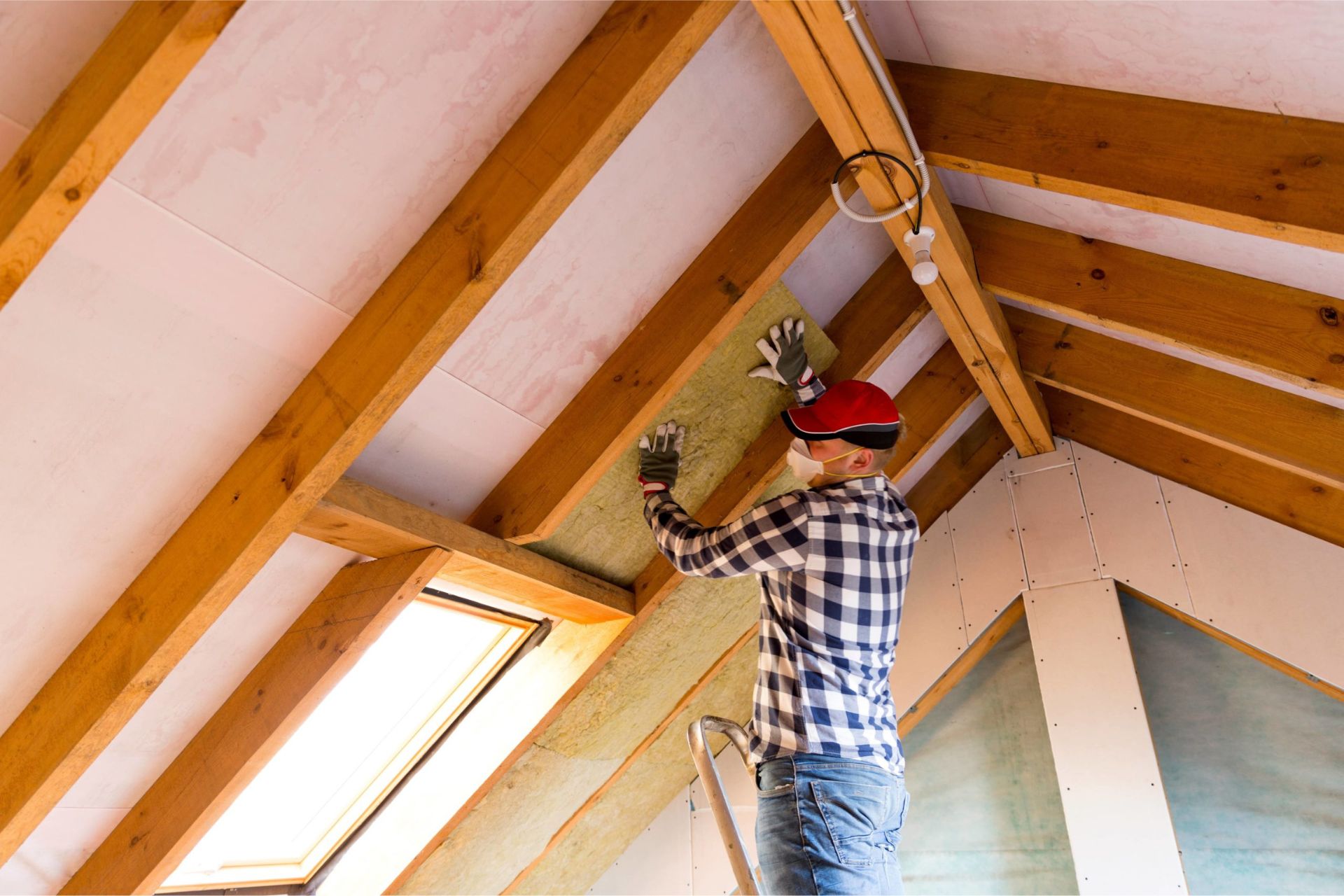
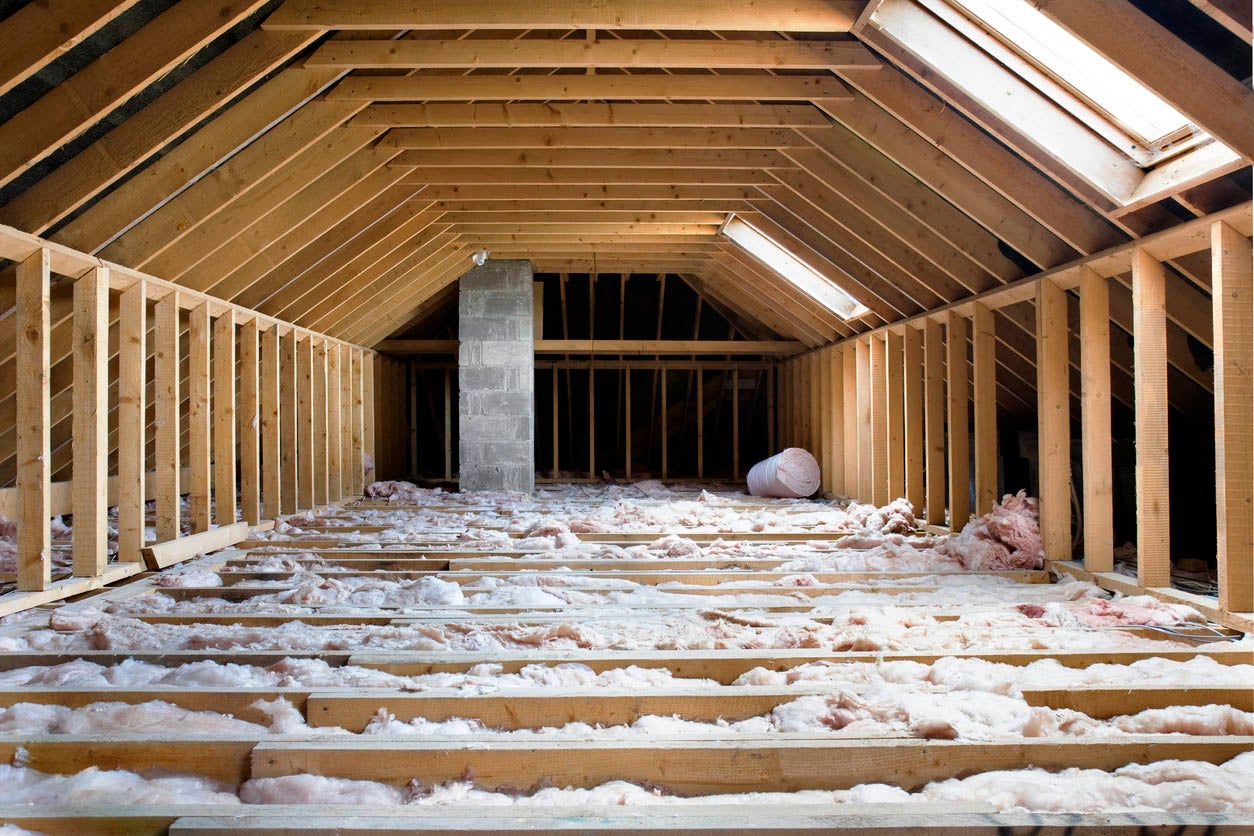
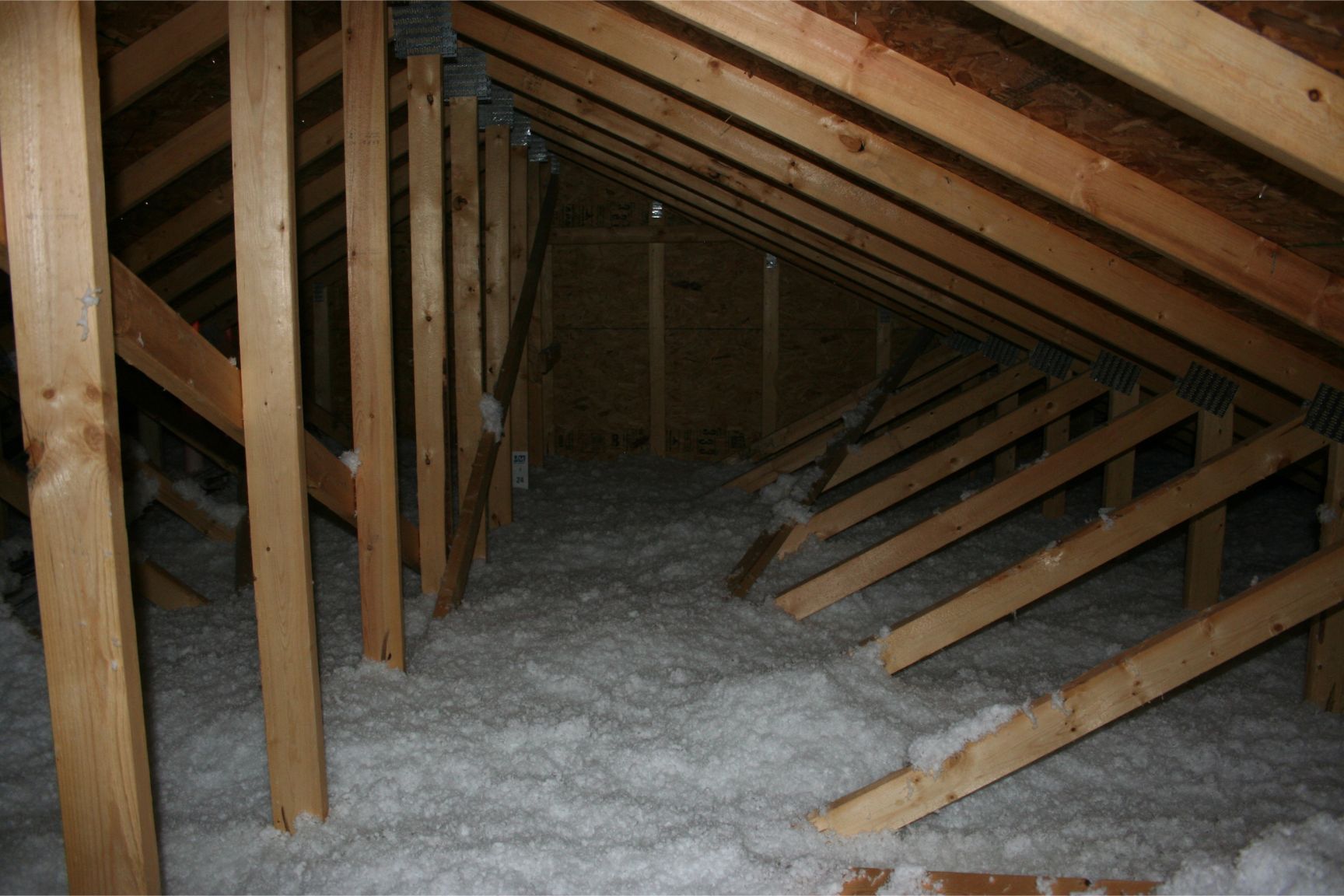
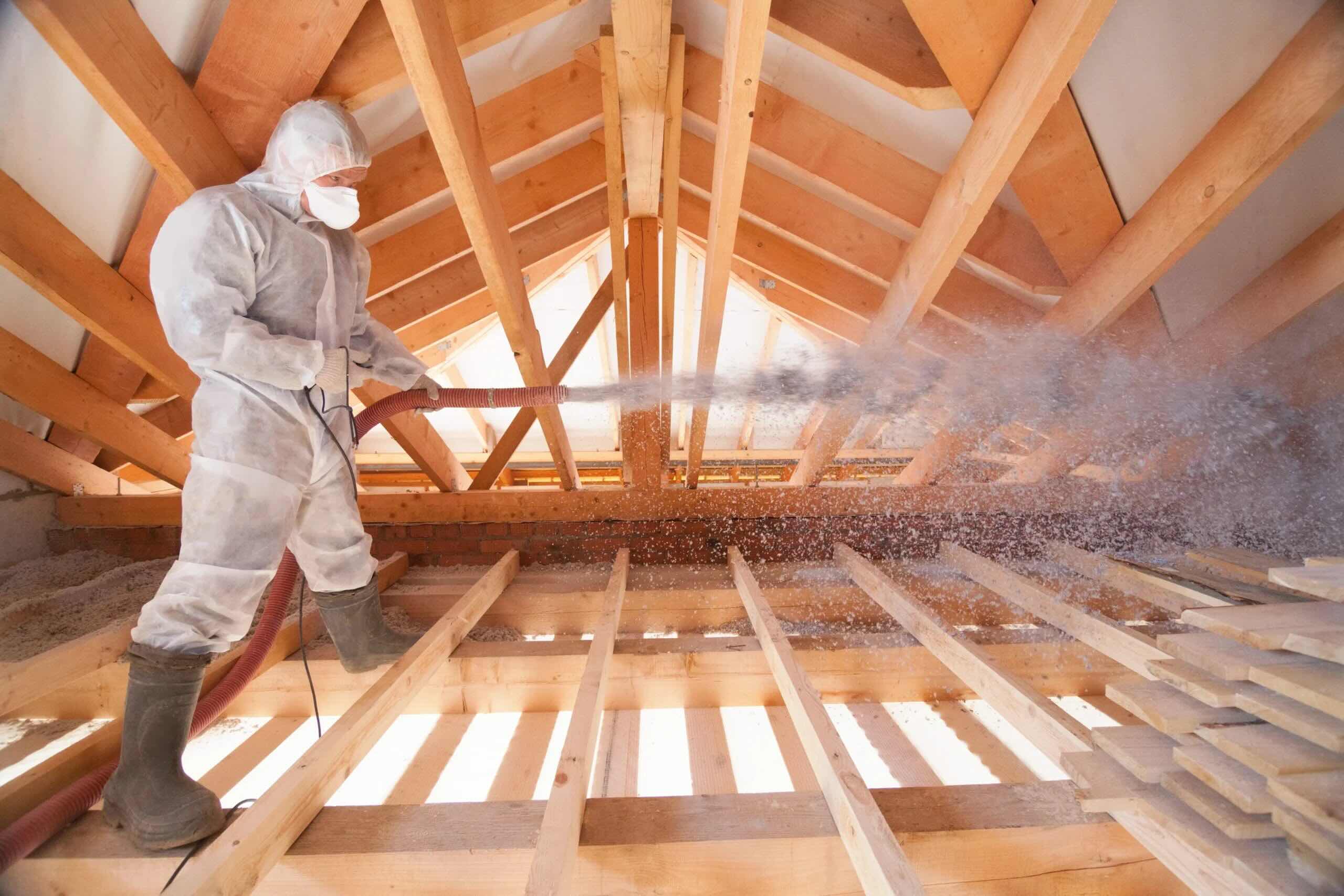
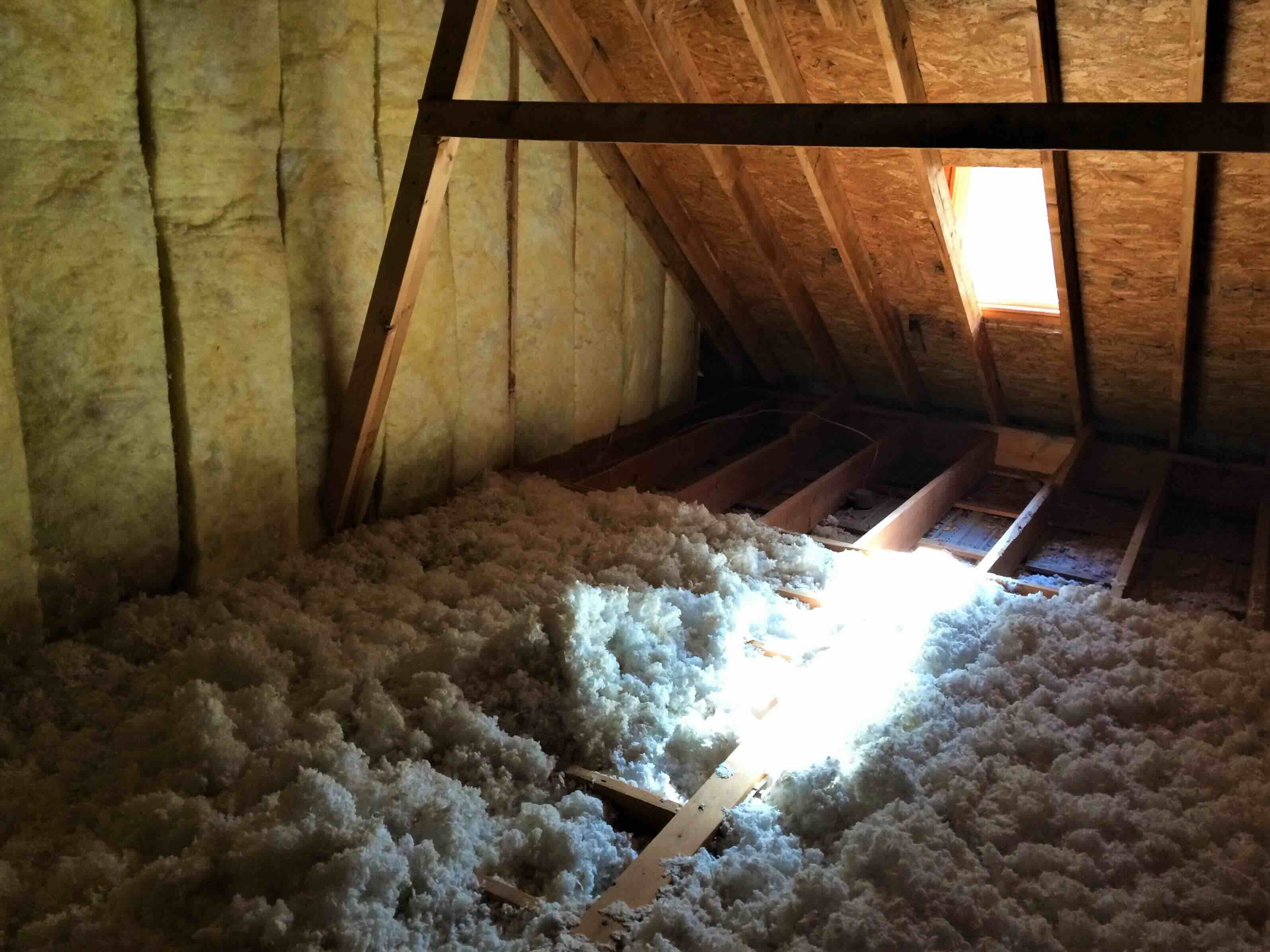
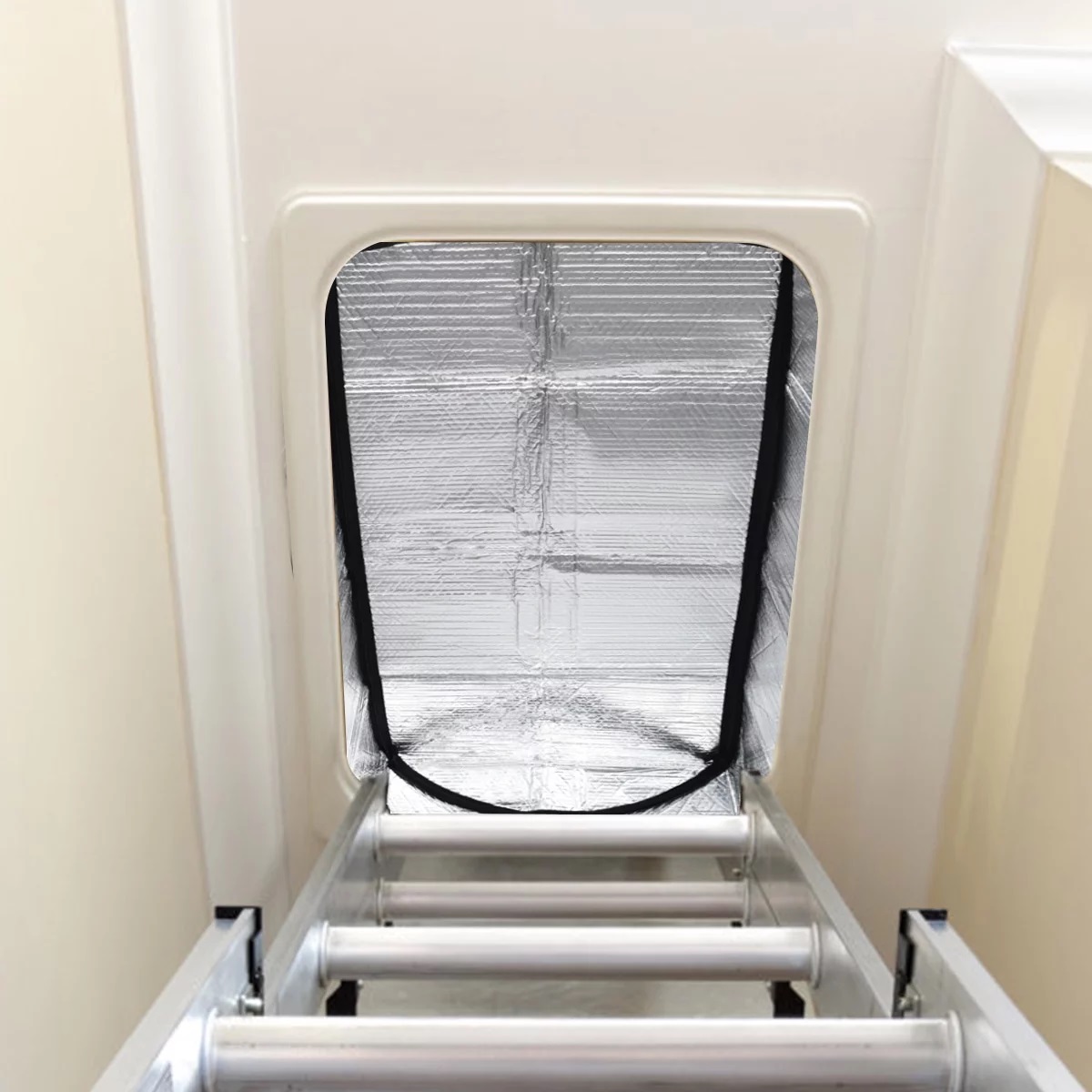
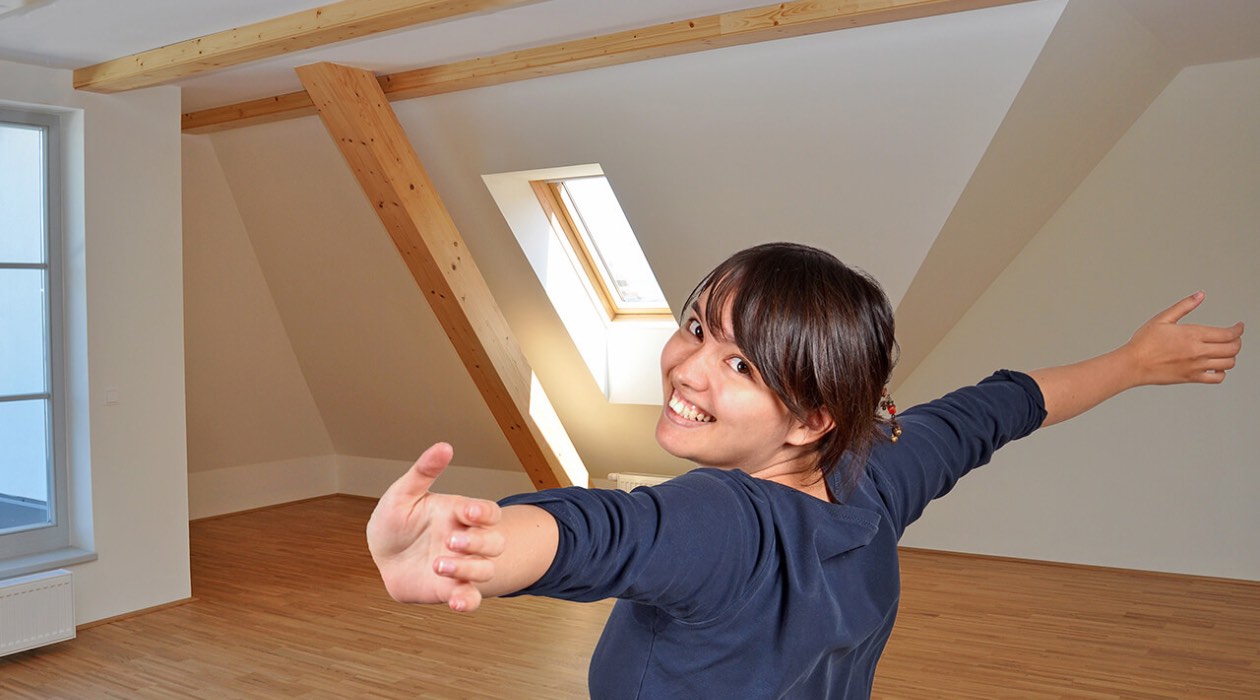
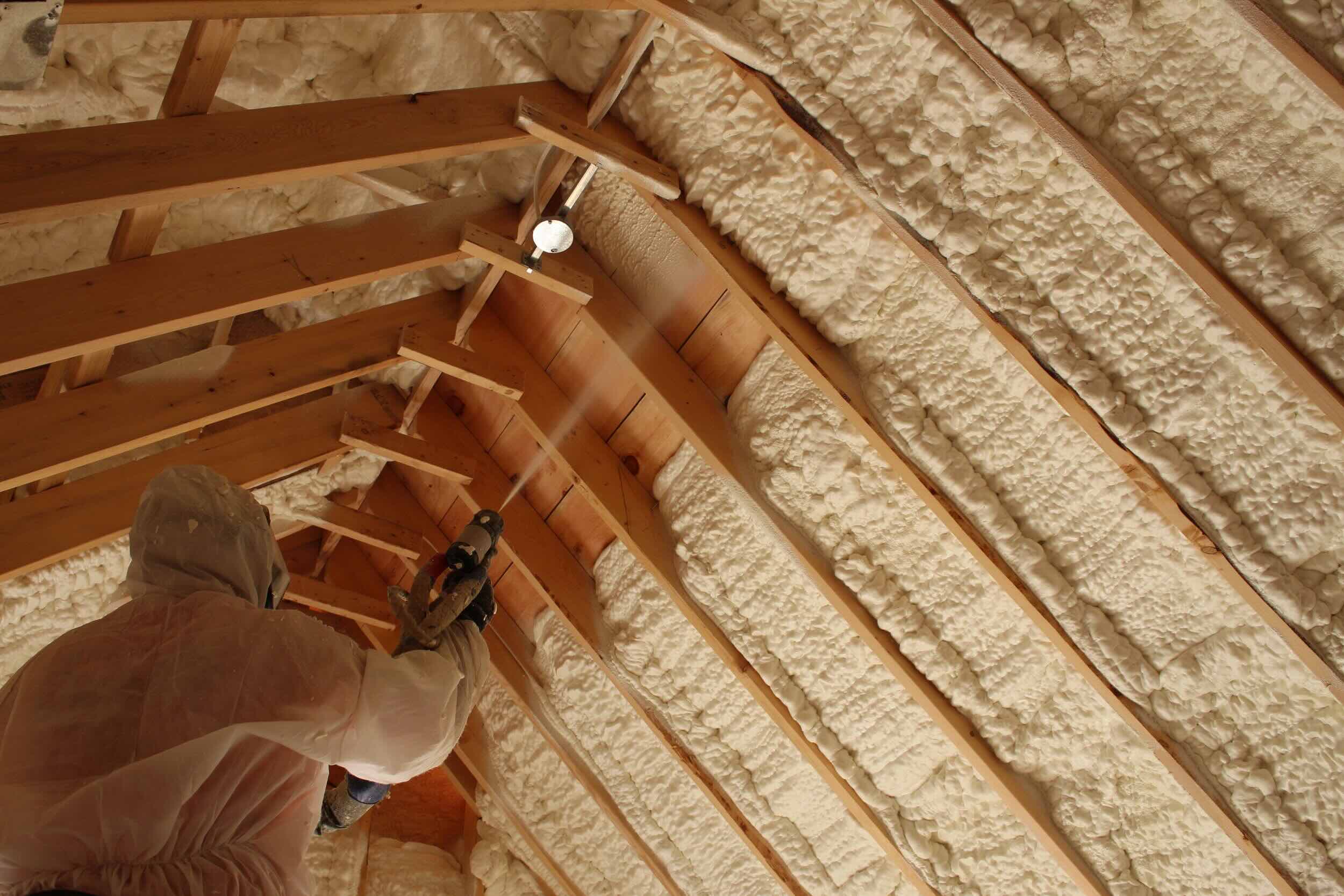
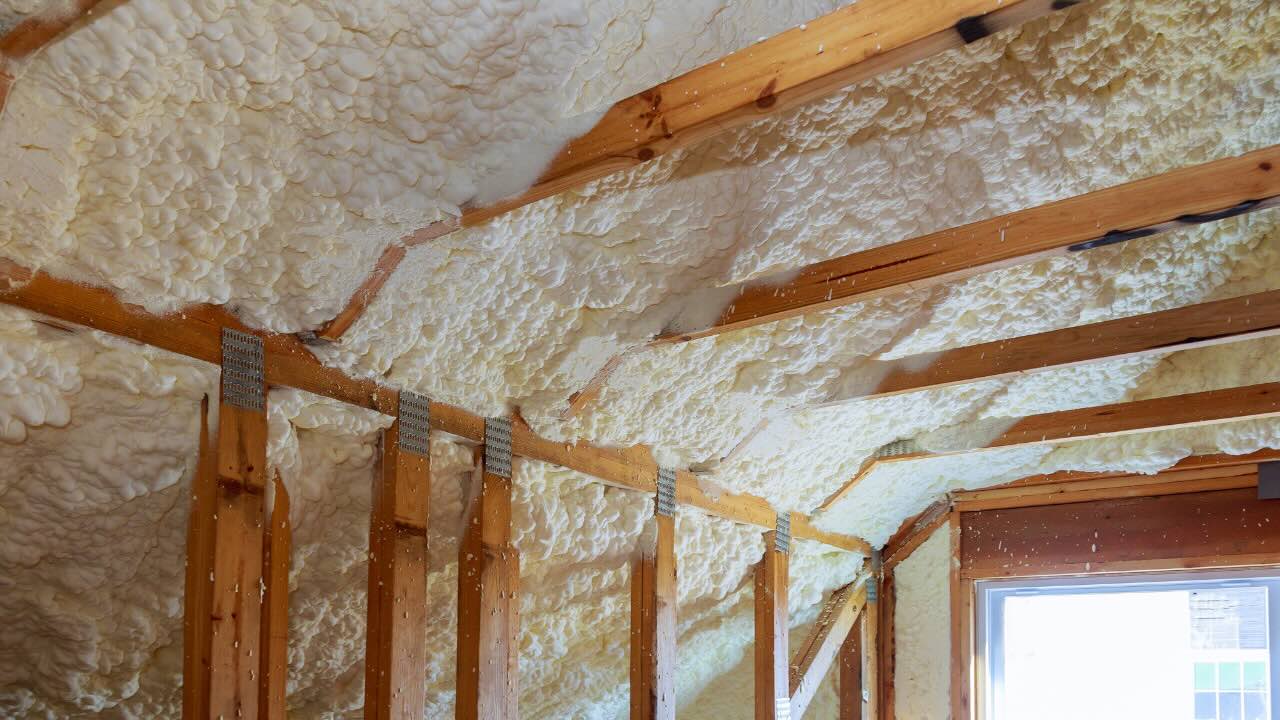
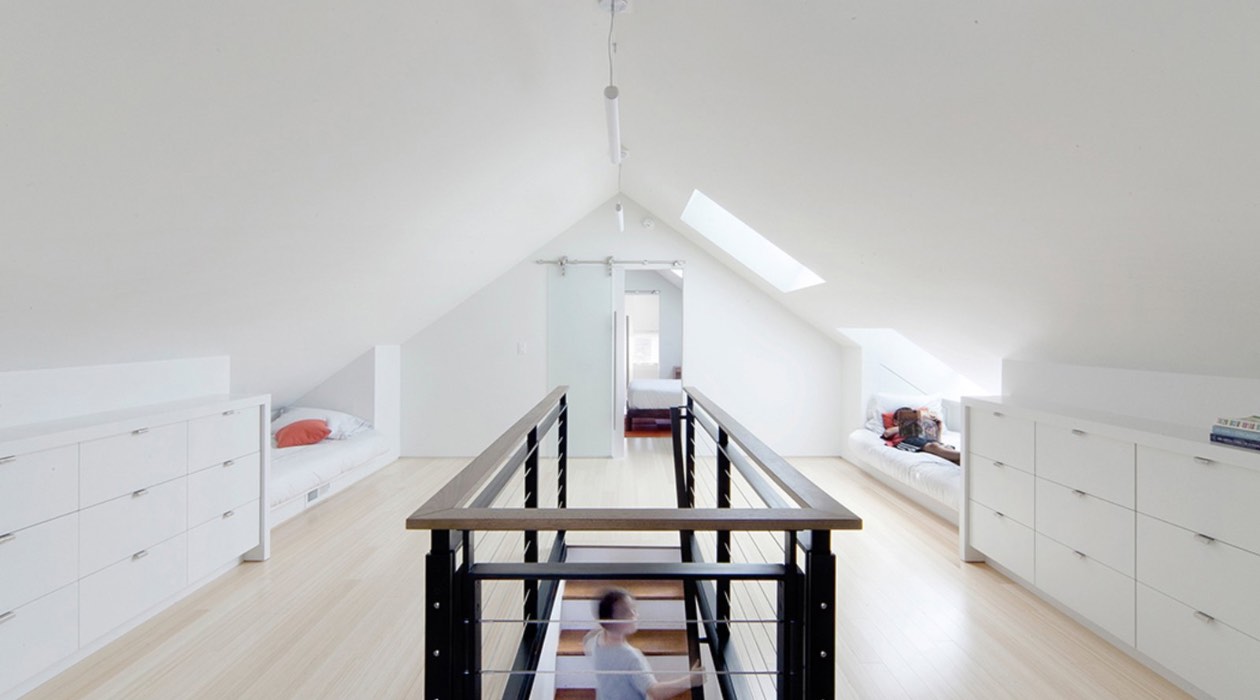
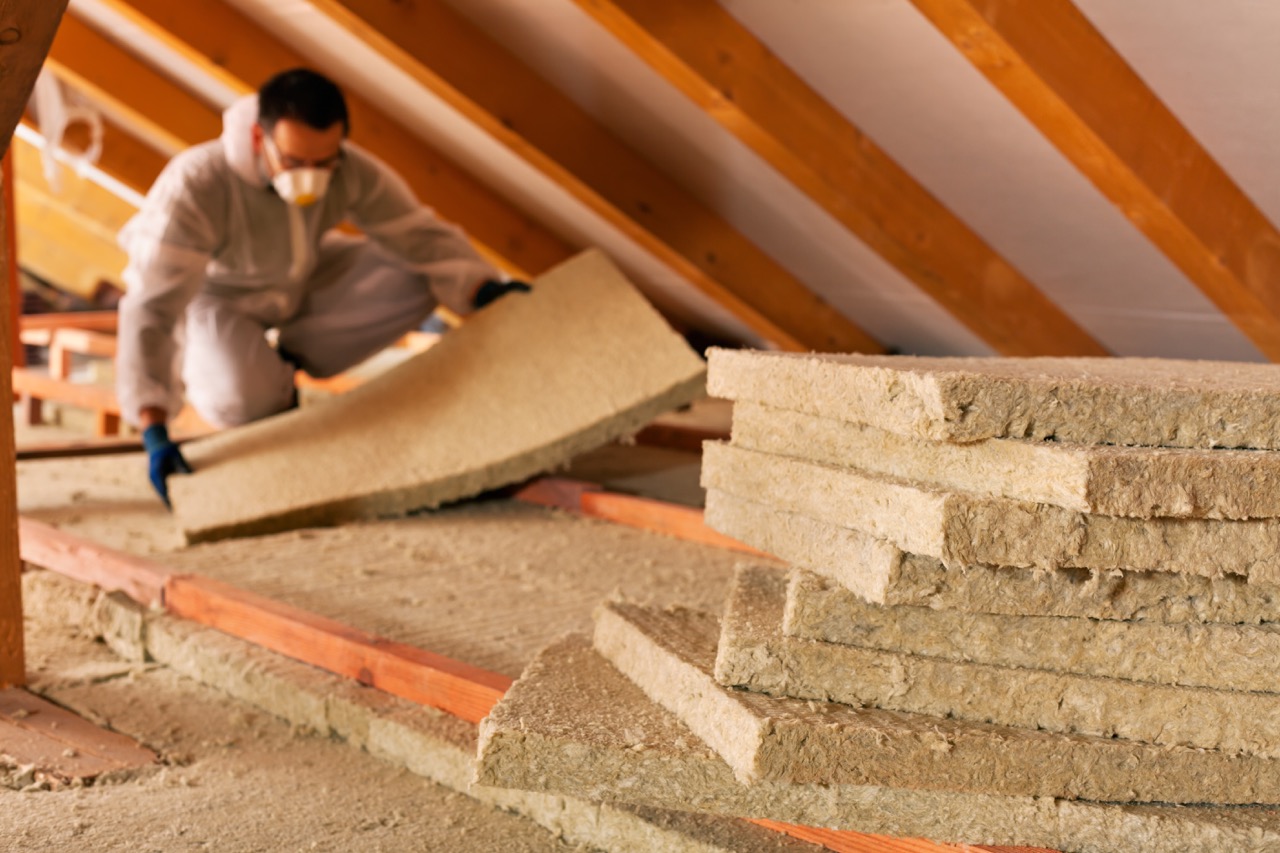
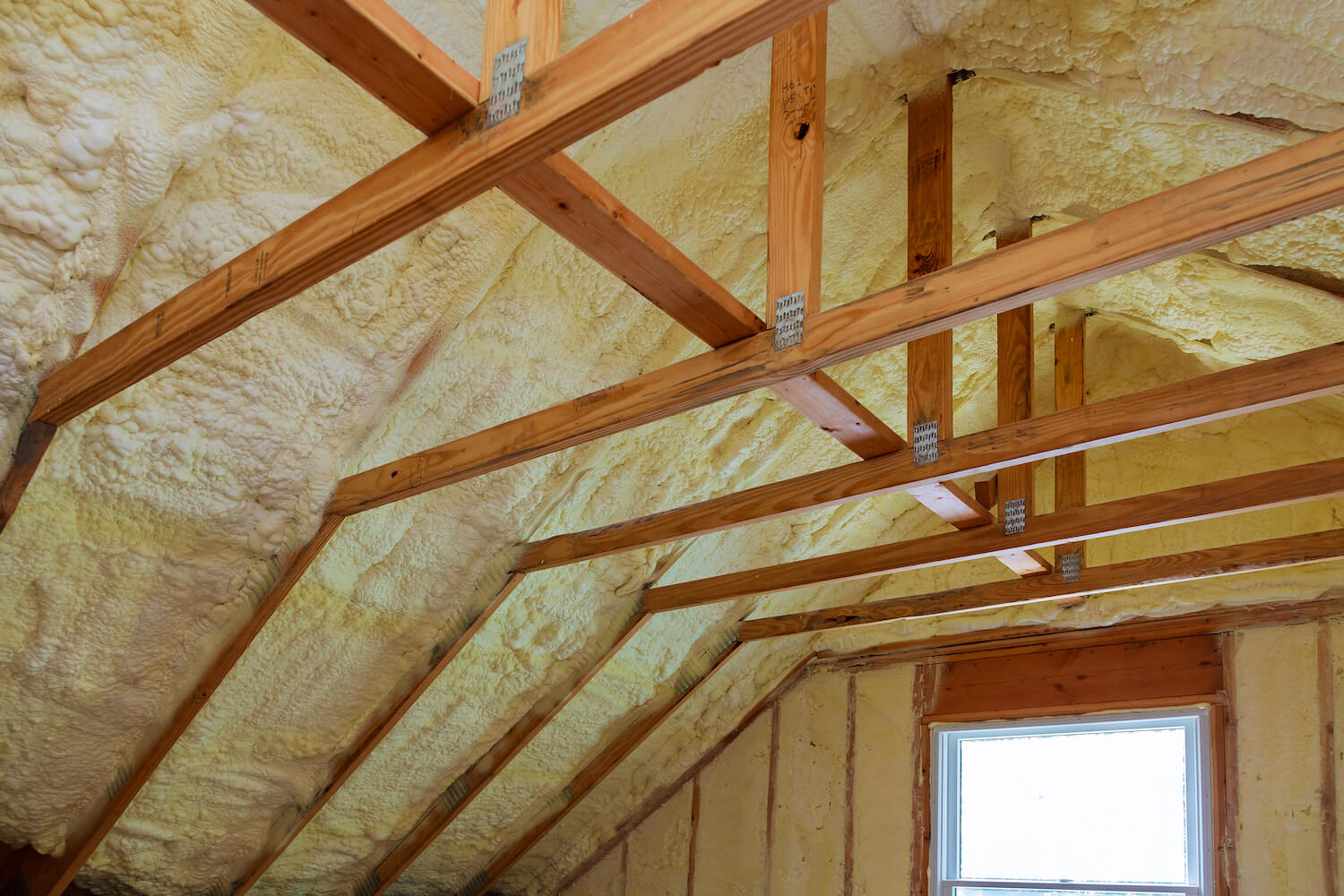
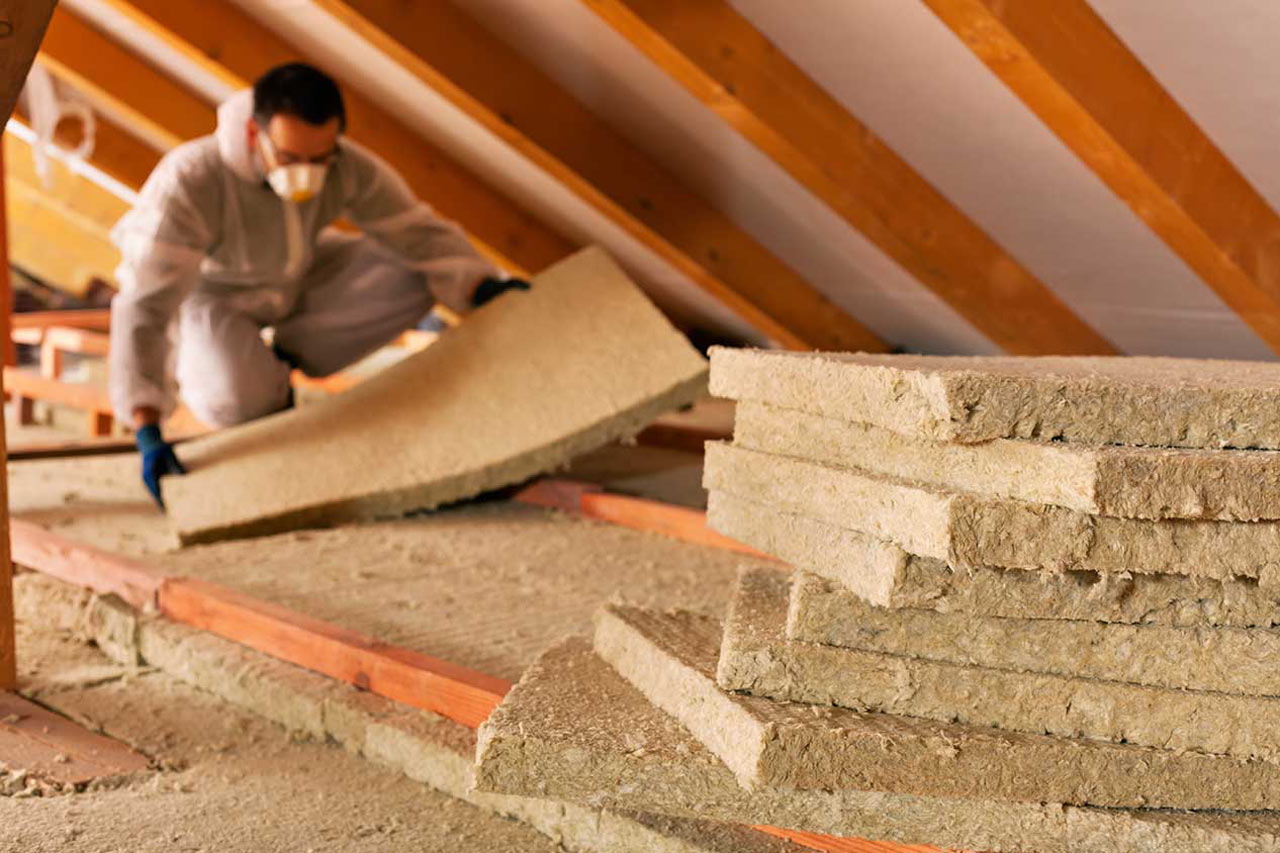

0 thoughts on “How Much Will Insulation In An Attic Save Me”